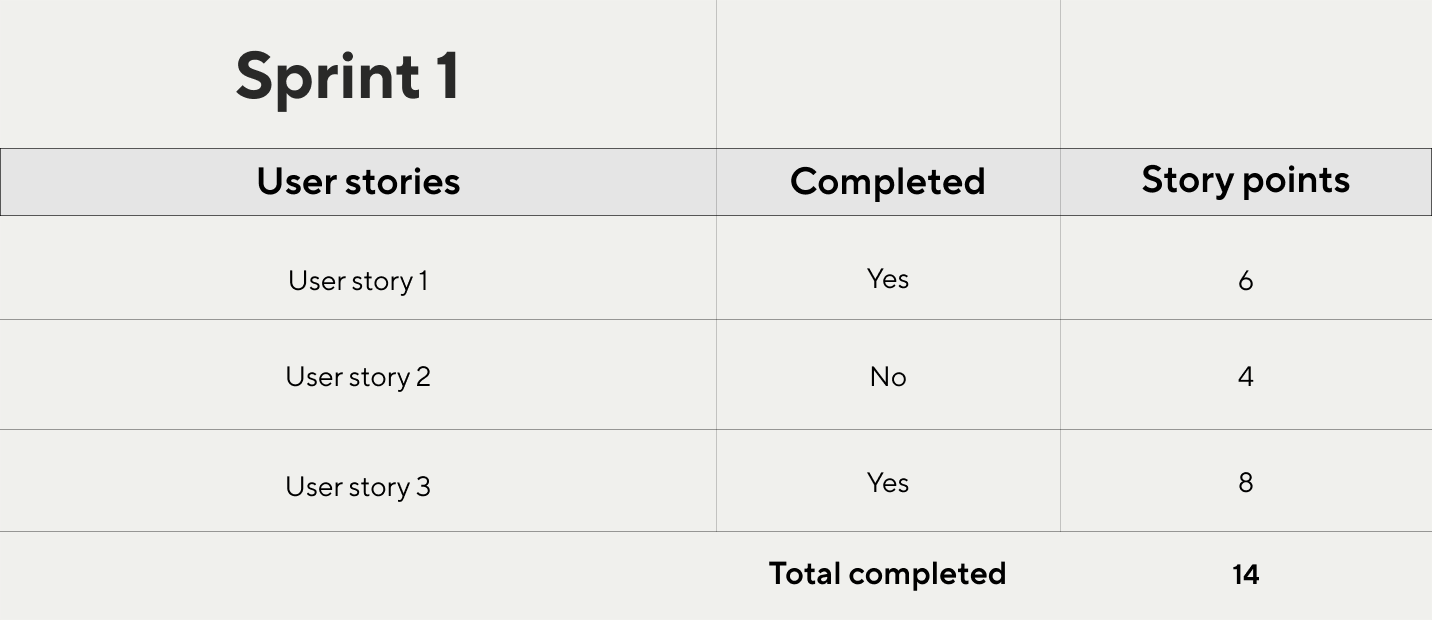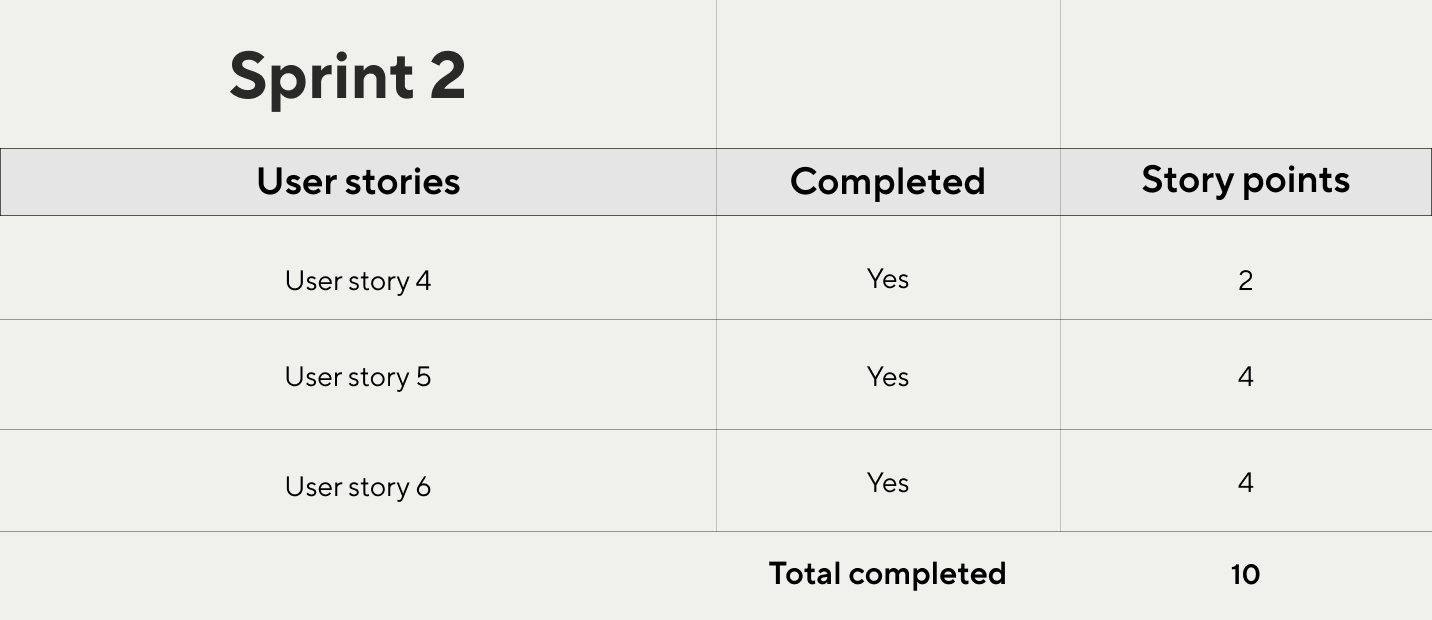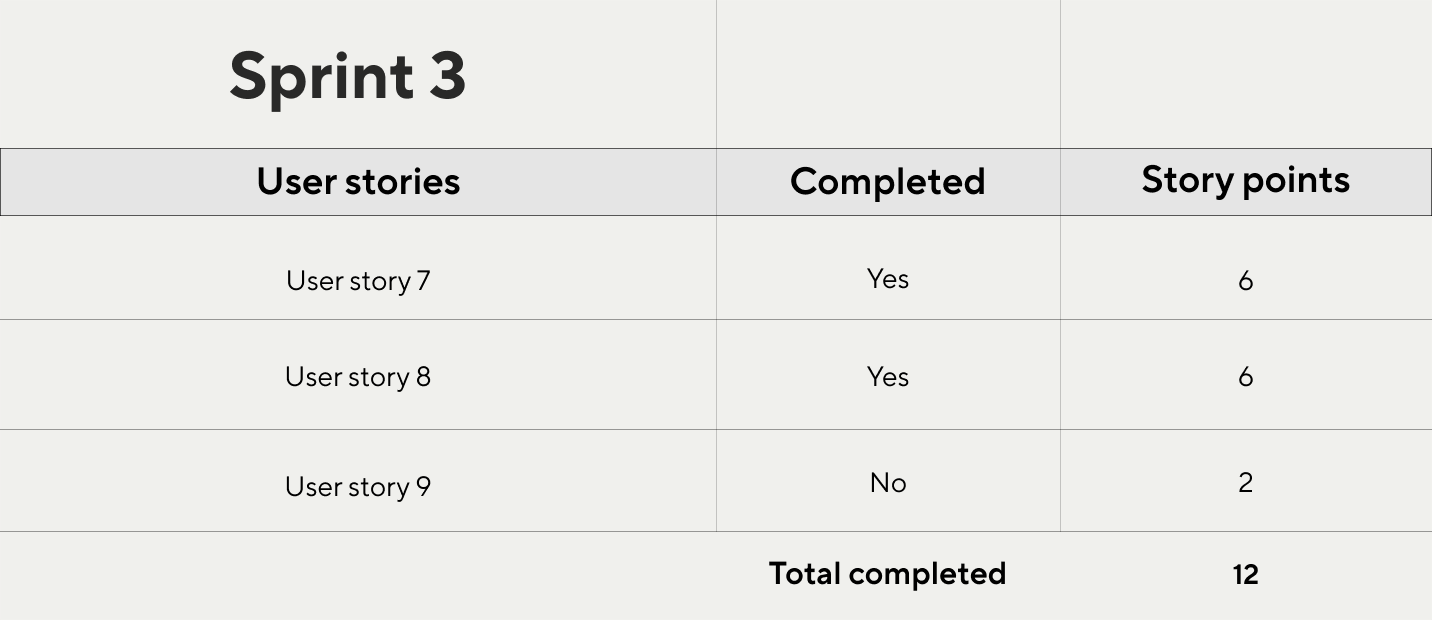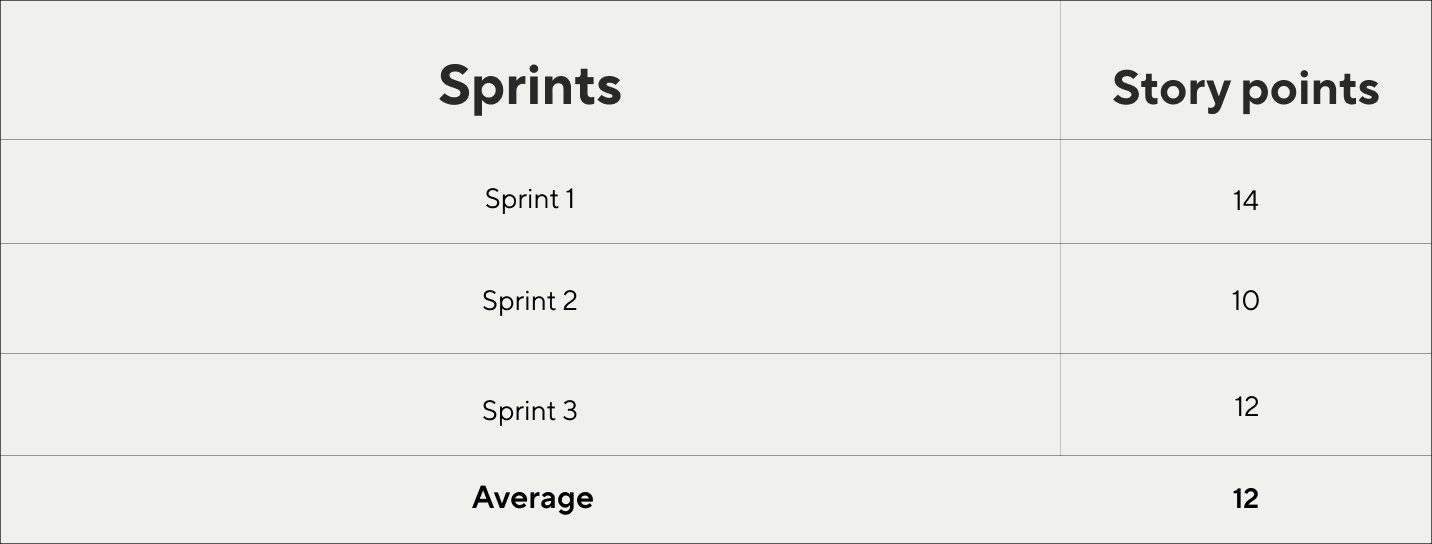- 1. What Is the Scrum Methodology?
- 2. Guide to Scrum Sprints
- 3. Scrum Sprint Planning
- 4. The Complete Guide to Scrum Ceremonies
- 5. The Ultimate Guide to Sprint Retrospectives
- 6. Daily Scrum Meetings
- 7. Scrum of Scrums Meeting
- 8. Introduction to Scrum Team and Roles
- 9. What Is a Scrum Product Owner?
- 10. What Is a Scrum Master?
- 11. Best Scrum Software and Tools for 2025
- 12. A Complete Guide to Scrum Boards
- 13. Scrum Glossary
- 14. FAQs
- 1. What Is the Scrum Methodology?
- 2. Guide to Scrum Sprints
- 3. Scrum Sprint Planning
- 4. The Complete Guide to Scrum Ceremonies
- 5. The Ultimate Guide to Sprint Retrospectives
- 6. Daily Scrum Meetings
- 7. Scrum of Scrums Meeting
- 8. Introduction to Scrum Team and Roles
- 9. What Is a Scrum Product Owner?
- 10. What Is a Scrum Master?
- 11. Best Scrum Software and Tools for 2025
- 12. A Complete Guide to Scrum Boards
- 13. Scrum Glossary
- 14. FAQs
What Is Velocity in Scrum?
Velocity is a key Scrum metric that measures the amount of work a team can deliver during a sprint. Before explaining how velocity is calculated, let’s discuss how the metric is used.
During Sprint planning, a team’s velocity is used to determine the number of product backlog items to tackle. Based on this, both the amount of work and a delivery date can be estimated. At the end of the sprint, the actual velocity will be used in the calculator for the next one.
How to calculate velocity in Scrum
First, each user story must be assigned a number of story points. This is an abstract measure of effort needed to implement any given user story. Estimation improves as a project progresses and as teams are able to provide feedback on the difficulty of what they work on.
Next, the velocity of the first sprint is calculated by getting a total story points for all completed User Stories:

Same again for the following two sprints:


Three sprints gives the Scrum master enough data to calculate sprint velocity, which is calculated by taking the average story points of completed user stories for the last three sprints:

If a Scrum development team recognizes that they can handle 12 story points on average, estimation during sprint planning becomes easier.
Velocity charts allow teams to quickly understand discrepancies between committed and delivered work.
Fluctuations in velocity
Many factors influence velocity, including:
- Lack of engagement by team members and stakeholders
- System outages
- Team member absences
It’s the responsibility of the Scrum master to factor these into planning.

Alex Zhezherau
Alex is Wrike’s Product Director, with over 10 years of expertise in product management and business development. Known for his hands-on approach and strategic vision, he is well versed in various project management methodologies — including Agile, Scrum, and Kanban — and how Wrike’s features complement them. Alex is passionate about entrepreneurship and turning complex challenges into opportunities.

